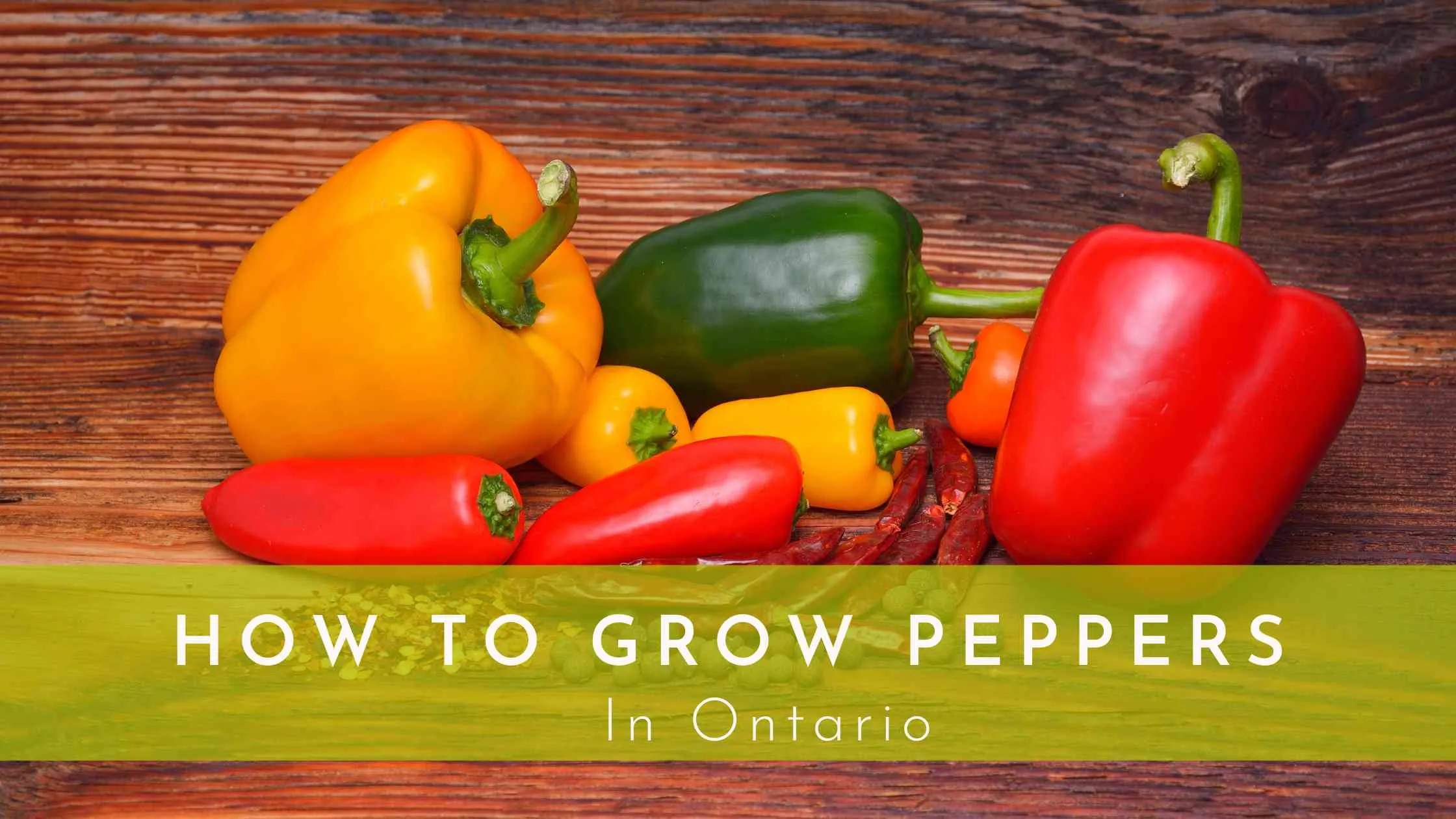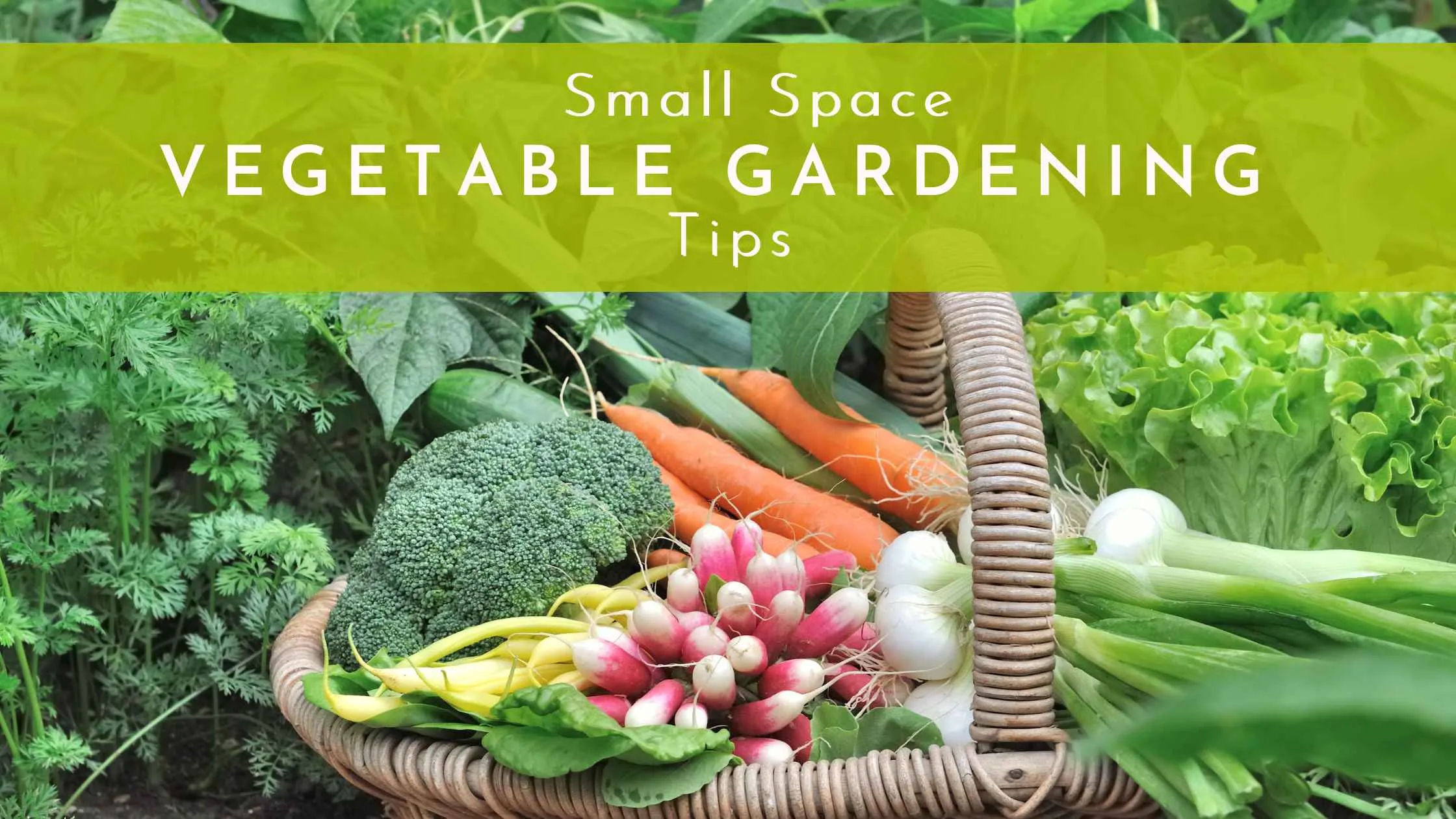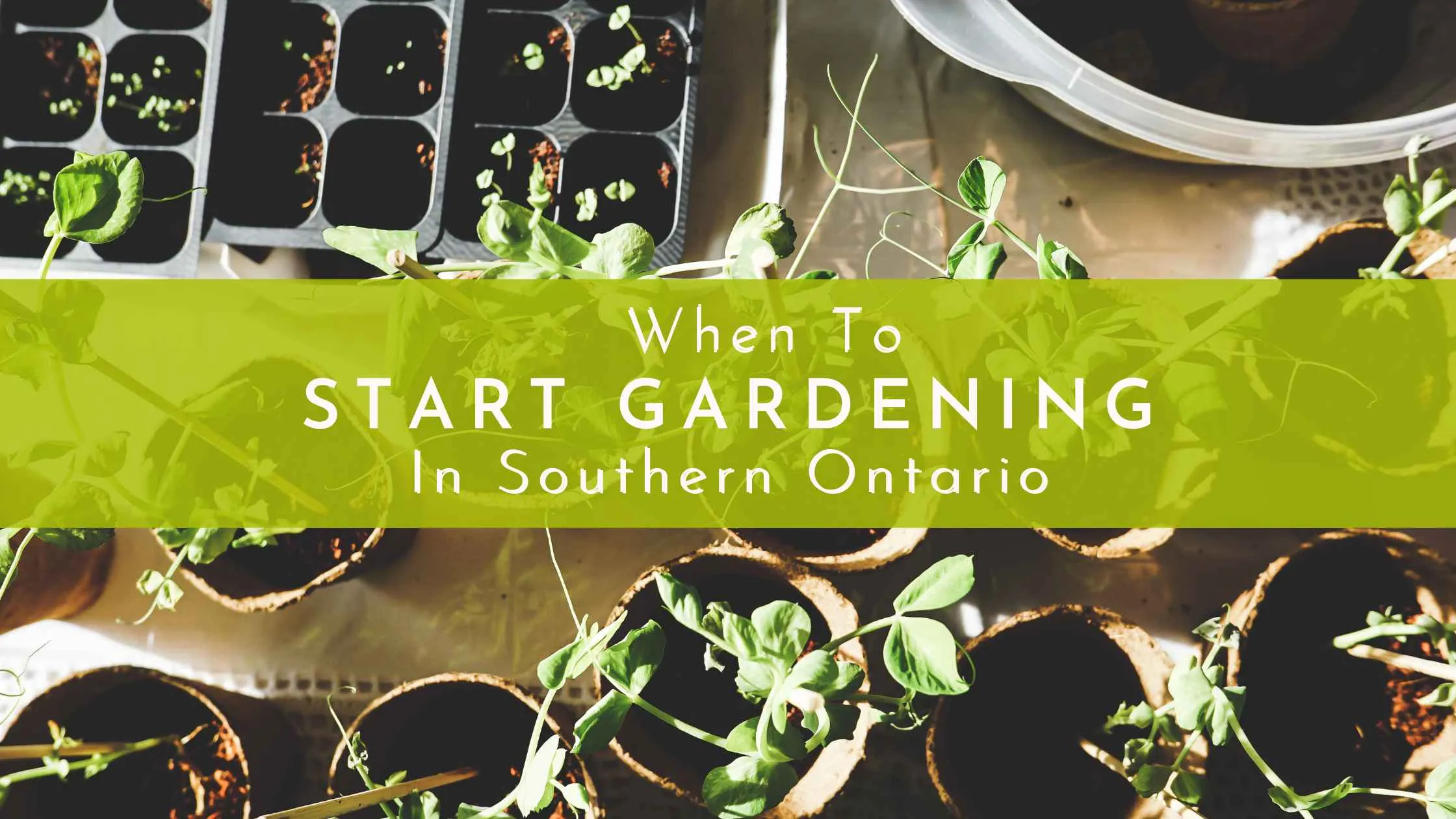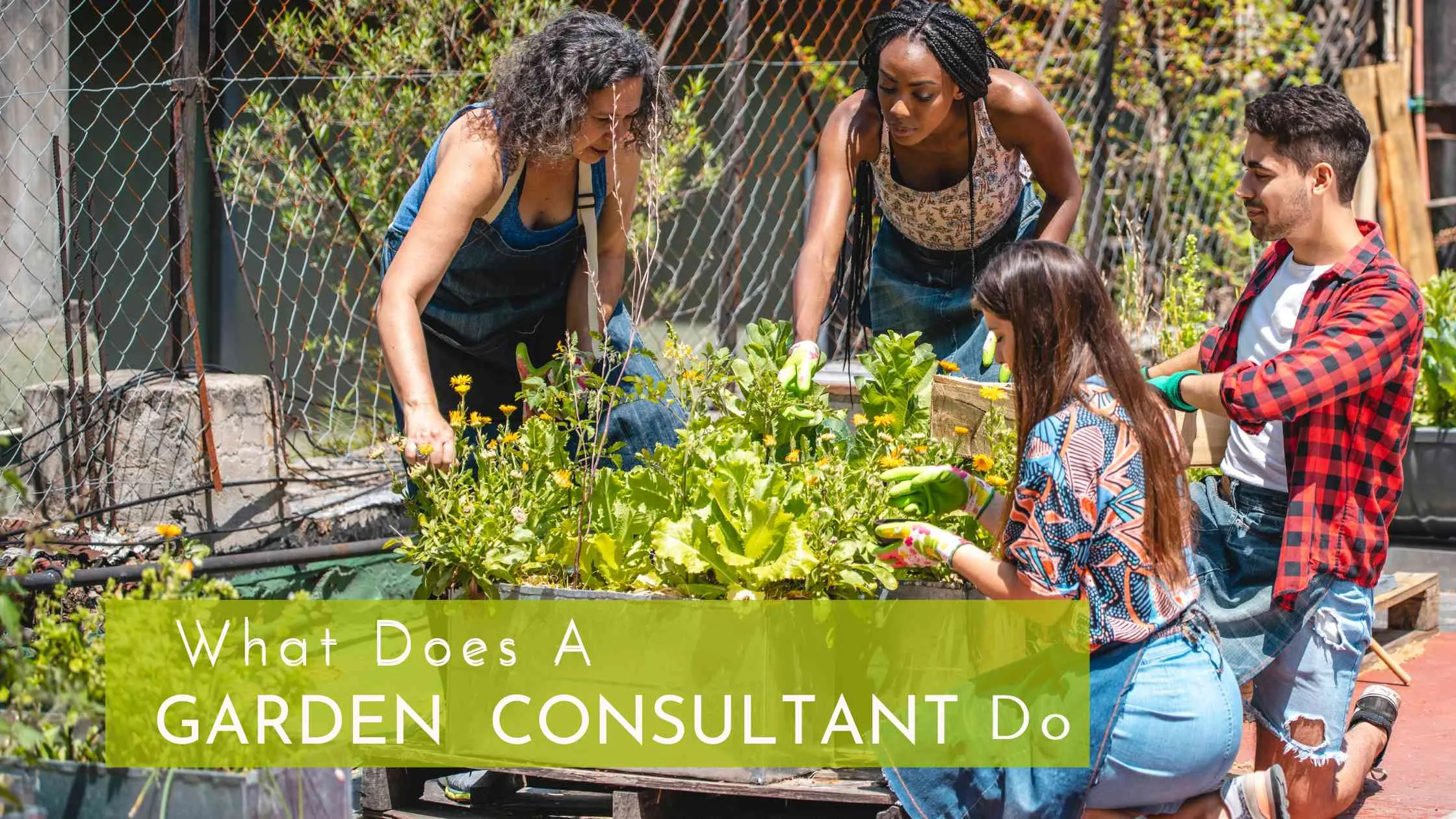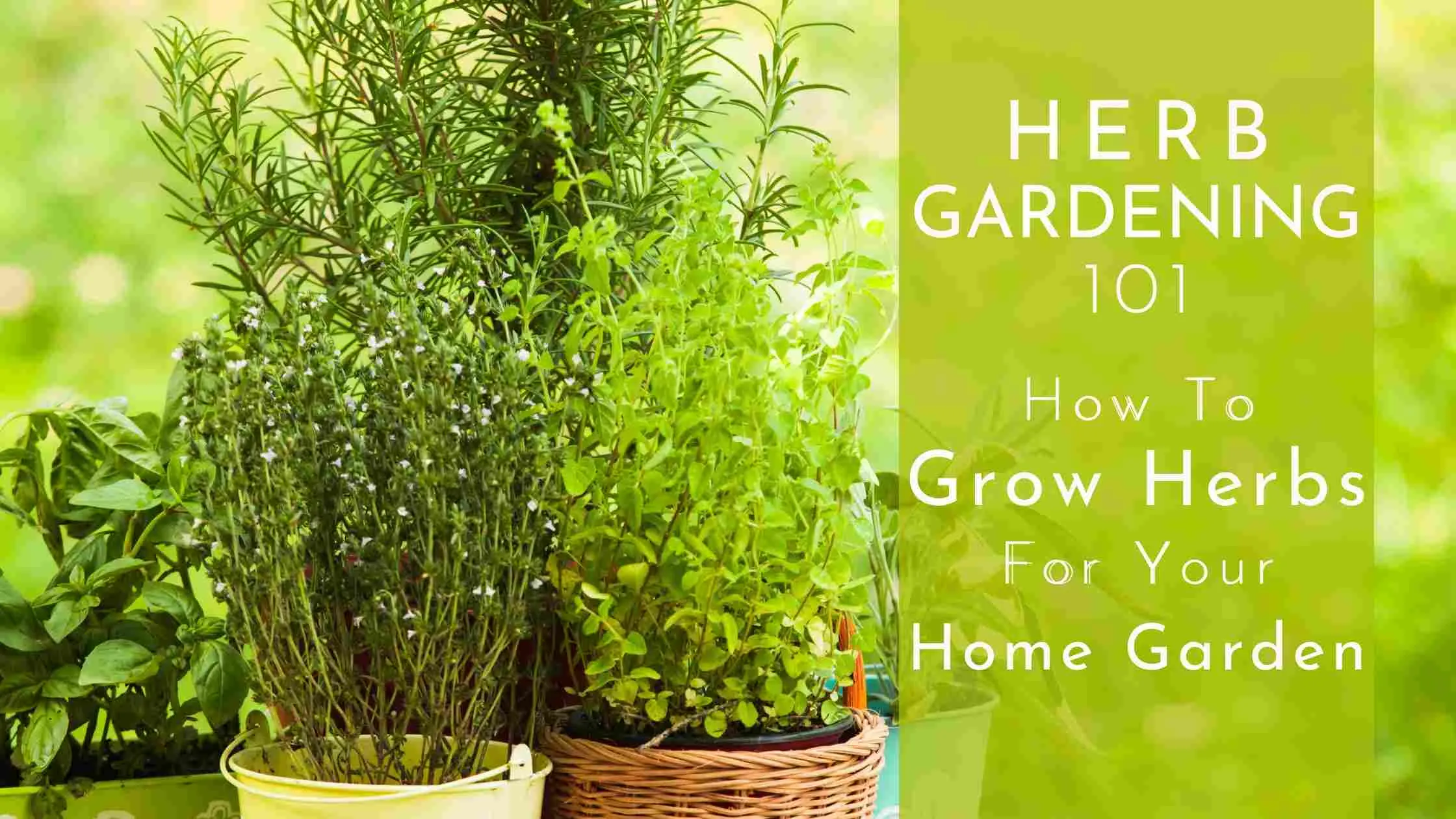Intensive Planting: Growing More in Less Space
Imagine a big, open field with lines of plants, spaced far apart from each other. That is how many people picture gardening. But what if we don't have such a big space to plant? What if we only have a tiny backyard or a small patch of land? In fact, if space is a constraint, there's a way to grow a lot of plants even in a small space. It's called "intensive planting."
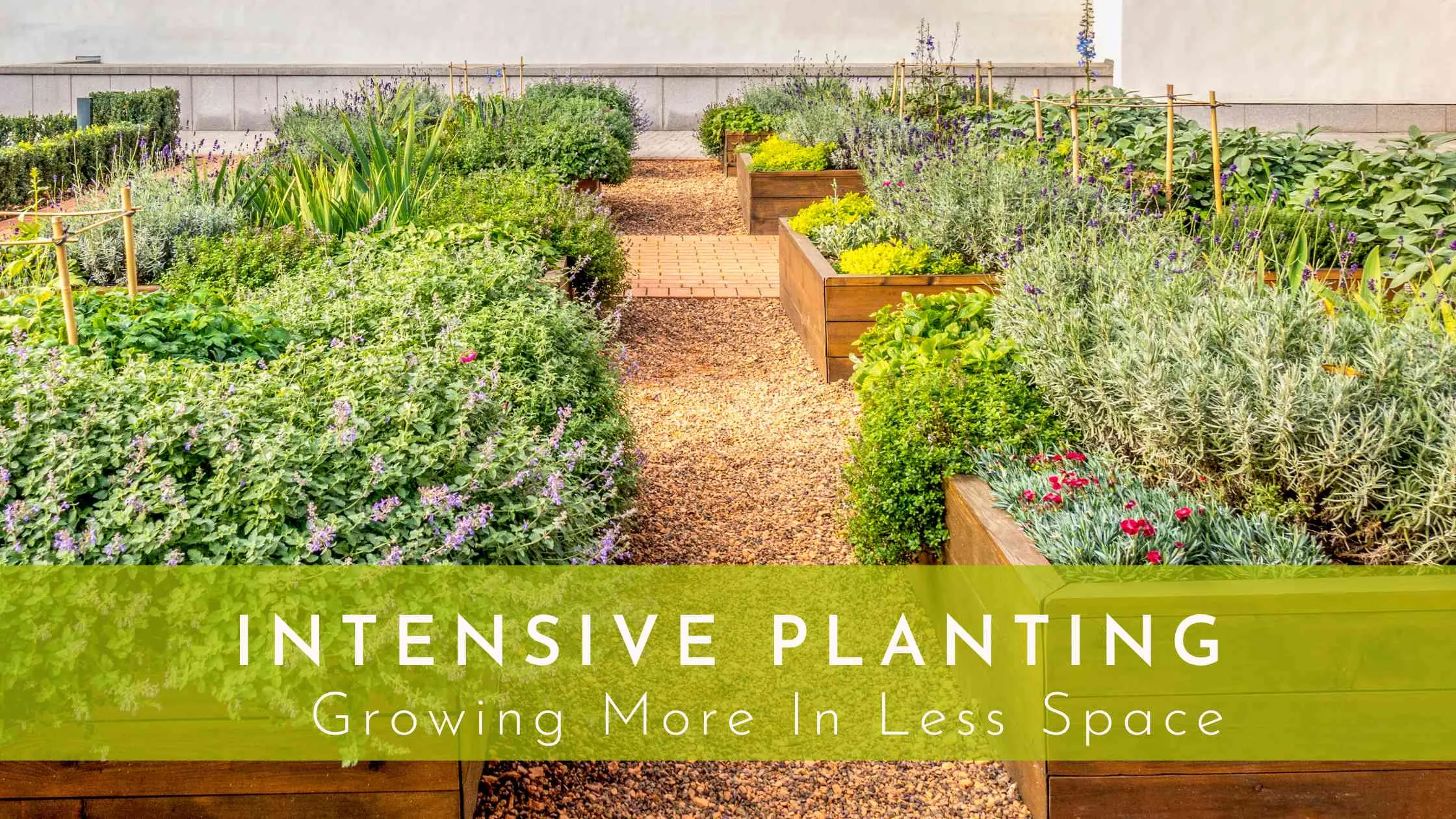
With a growing world population and surge in urban gardening, intensive planting is more relevant than ever.
What Is Intensive Planting?
Intensive planting, also known as intensive gardening, is a clever way to grow many plants in a small area. Instead of planting your veggies, fruits, or flowers far apart, you plant them closer together. This way, you can fit more plants into your garden, and they still have enough room to grow.
This is now a popular method, especially in cities where gardens are often small.
How Does Intensive Planting Work?
In traditional gardening, plants are usually grown in single lines with lots of space between them. This space, called "pathway space," is used for walking and working, but it doesn't grow anything.
In intensive planting, we arrange plants in blocks or wide rows. This means less pathway space and more room for plants. As the plants are closer together, they also use water and nutrients more efficiently.
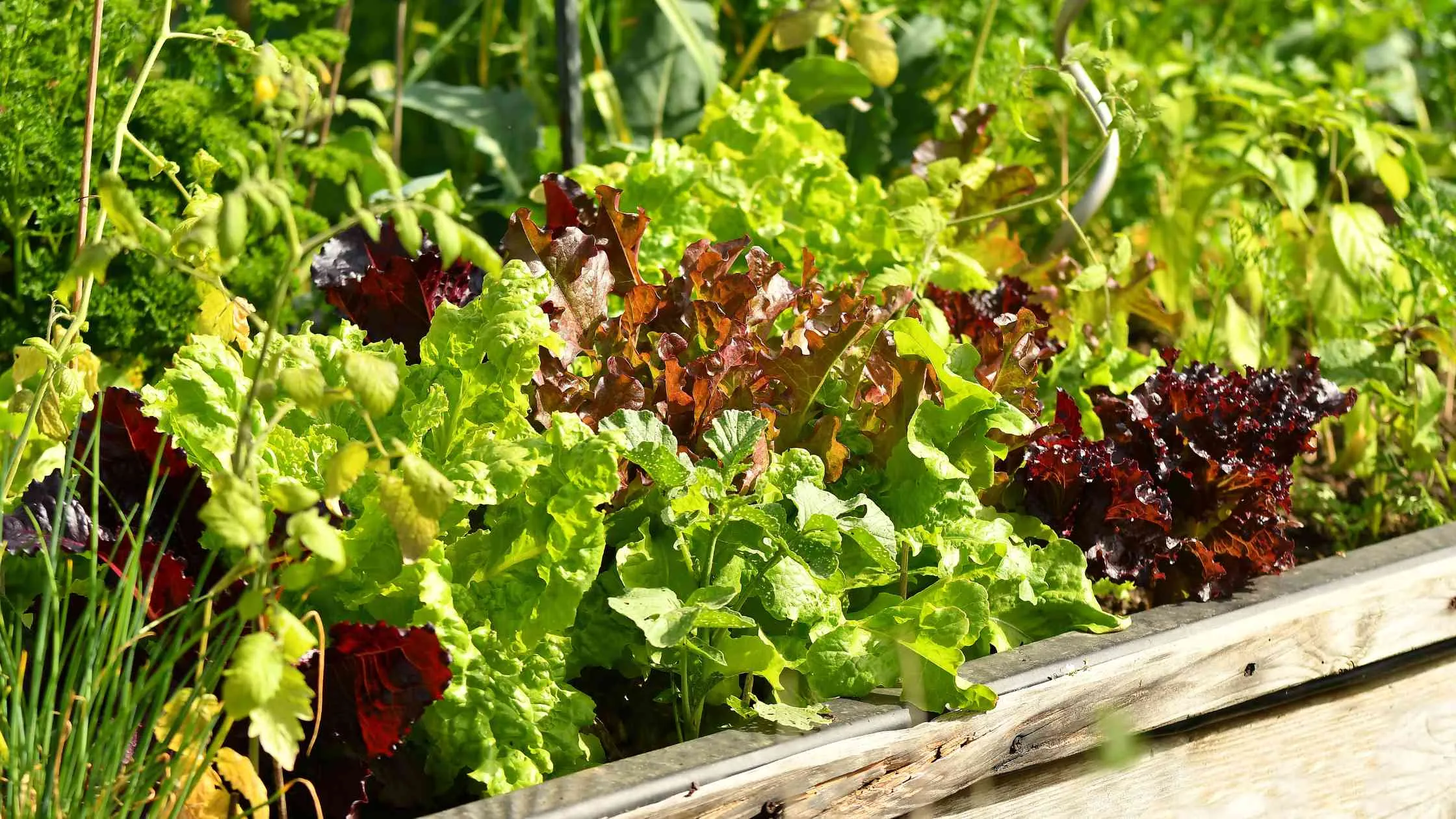
Why Choose Intensive Planting?
Intensive planting has many benefits:
- More Crops: By planting more plants in a small space, you can harvest more from your garden.
- Saves resources: Plants grown close together create a mini ecosystem. They provide shade for each other and reduce water evaporation from the soil.
- Prevents soil erosion: Covering the soil with plants, is an eco-friendly way to help protect it from heavy rain and strong wind.
- Fewer weeds: With plants grown closer together, there's less room for weeds to grow.
- Prevents soil erosion: Covering the soil with plants, is an eco-friendly way to help protect it from heavy rain and strong wind.
How To Start Intensive Gardening
Intensive gardening needs a bit of planning:
- Prepare the soil: The soil needs to be rich and well-draining because lots of plants will be sharing it.
- Choose the right plants: Some plants, like tomatoes, cucumbers, and beans, are perfect for intensive planting because they grow upwards.
- Space them right: Even though plants are close together, they still need enough space to grow without fighting over sunlight, water or nutrients.
- Look after them: Plants in an intensive garden may need more water and fertilizer because there are more of them in a small area.
- Rotate the crops: Changing the plants in your garden can help keep the soil healthy and prevent diseases.
Intensive planting is a dynamic and efficient gardening method that can provide bountiful harvests from small spaces. Whether you're an urban dweller with a small backyard or a suburban resident seeking to get the most out of your garden, this approach can be a game-changer.
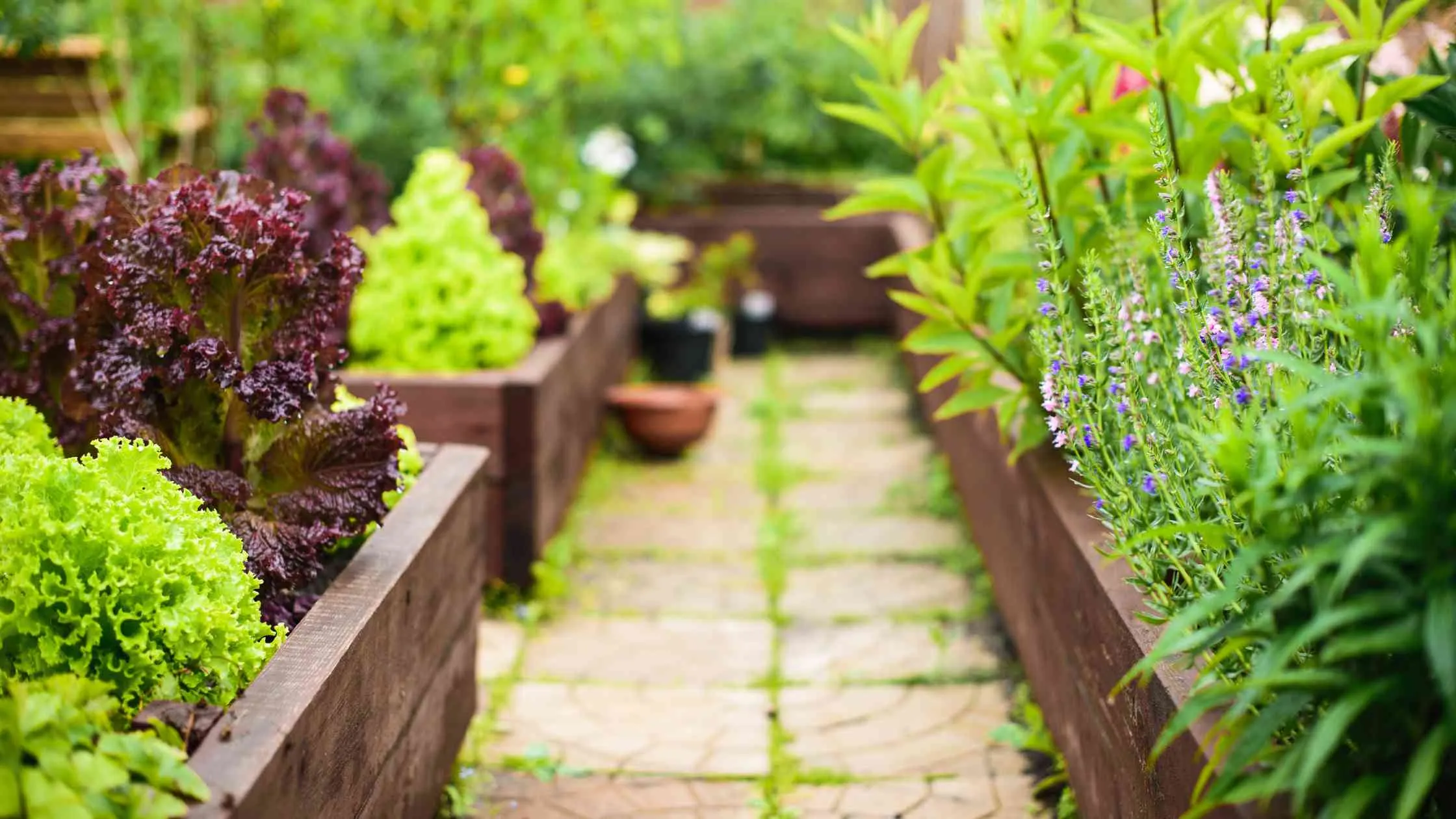
Important Things To Remember
To make your intensive garden successful, remember these things:
- Interplanting: Plant a fast-growing crop next to a slow-growing one. The fast-growing crop will be ready to harvest before the slower-growing one needs space.
- Succession planting: As soon as you harvest a crop, plant a new one in its place to keep your garden productive.
- Vertical gardening: Train some plants to grow upwards to save ground space.
Challenges With Intensive Gardening
Intensive gardening is very beneficial, but there are a few challenges you might face.
- Keeping the soil healthy: Lots of plants in a small area can use up the soil's nutrients quickly. To keep the soil healthy, you might need to add compost or other fertilizers regularly.
- Preventing diseases: When plants are close together, it's easier for diseases to spread. Keep an eye on your plants and use safe, organic methods to control pests and diseases if needed.
- Choosing and arranging plants: Some plants may not do well when they're close to others. Others might grow too big and shade smaller plants. You'll need to plan carefully and understand what each plant needs.
As you work with your garden coach, you will learn how to prevent and deal with each of these problems.
Conclusion
Intensive planting is a smart way to make a small garden more productive. It might take a bit of extra planning and care, but the benefits — more crops, better use of resources, and healthier soil — make it a great choice for young gardeners. With some knowledge and practice, you can turn even a tiny garden into a lush, productive space.
Book a consultation now to begin maximizing your garden’s yield.

